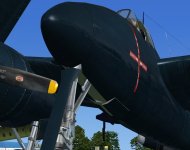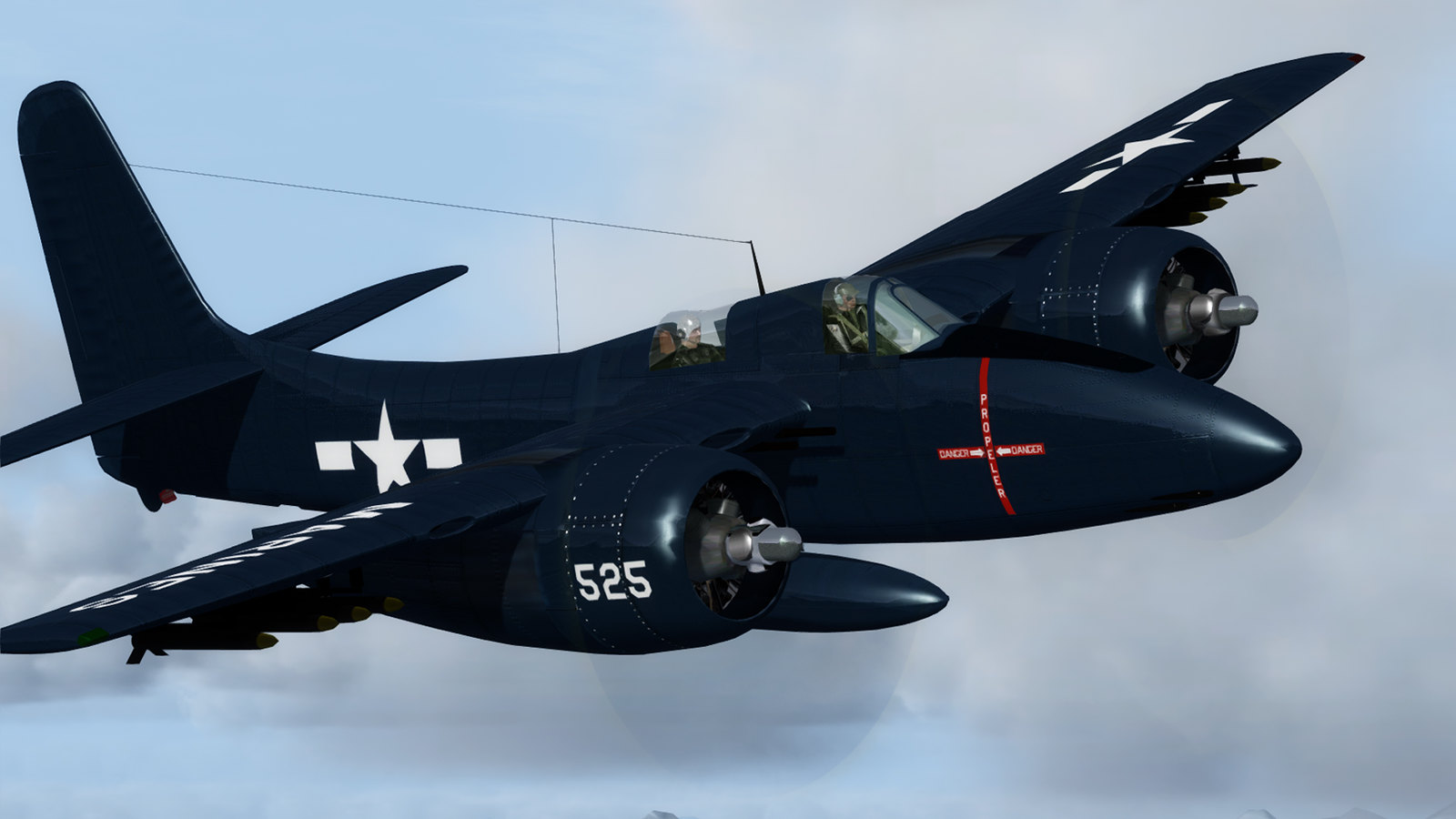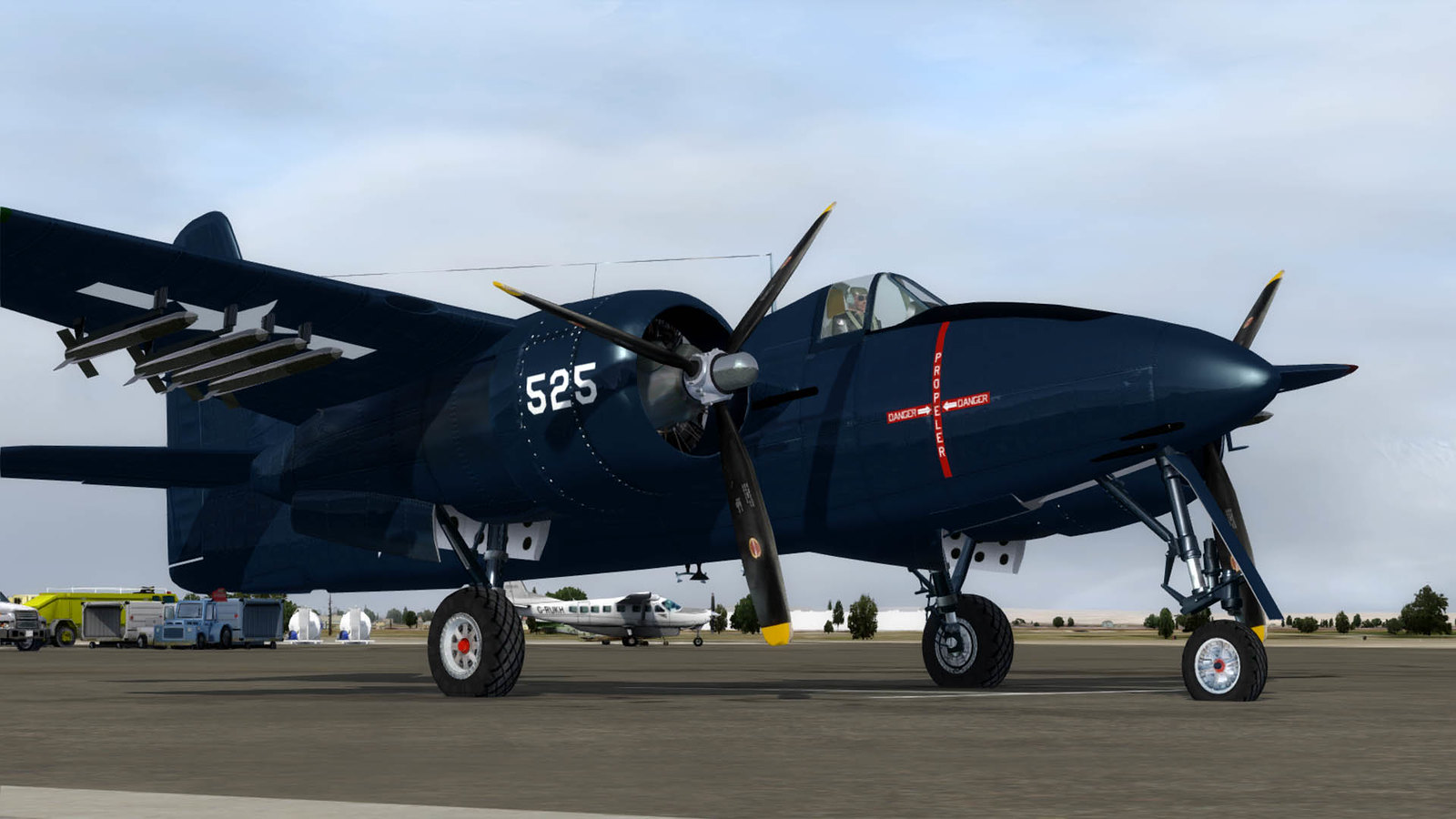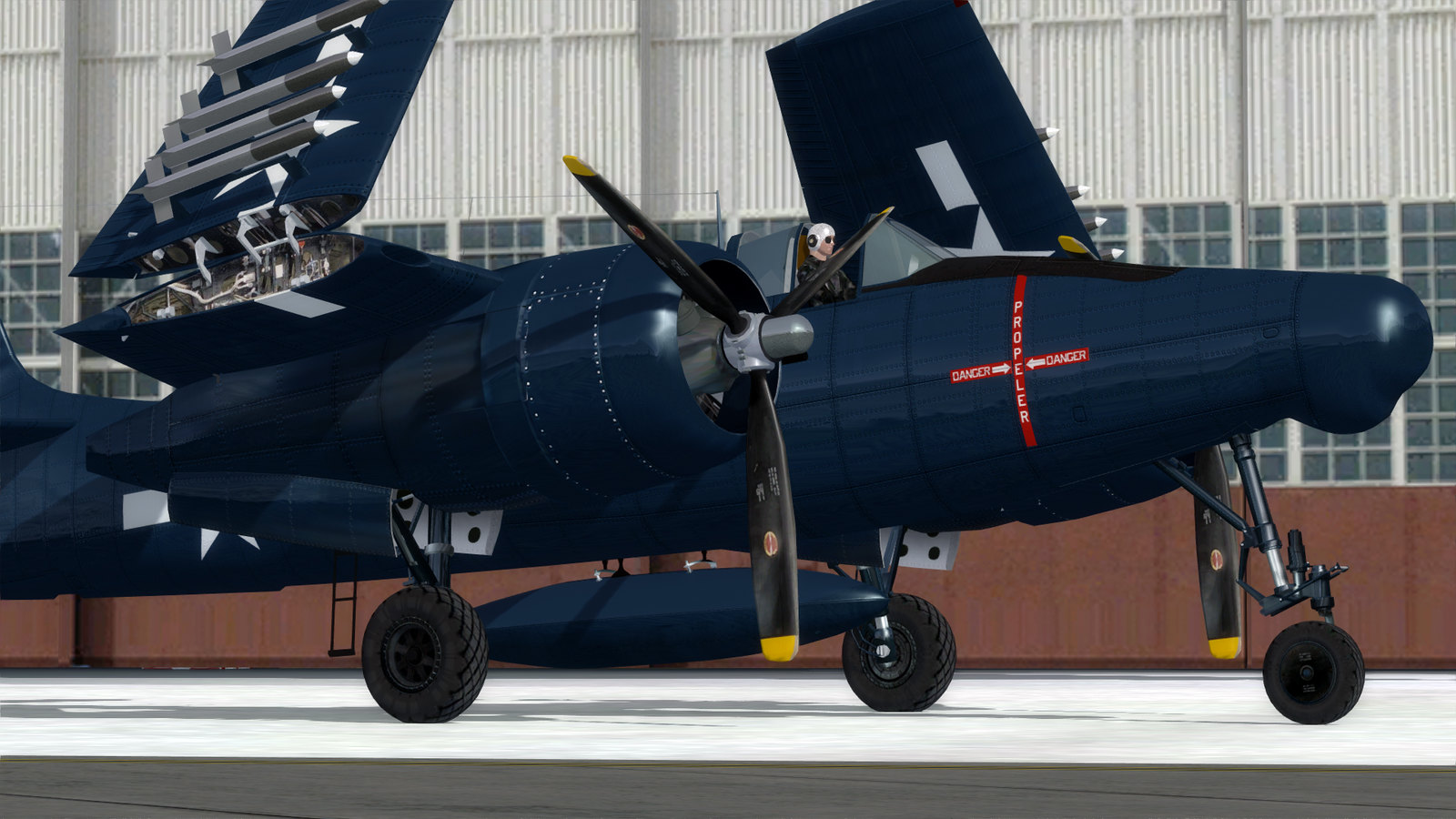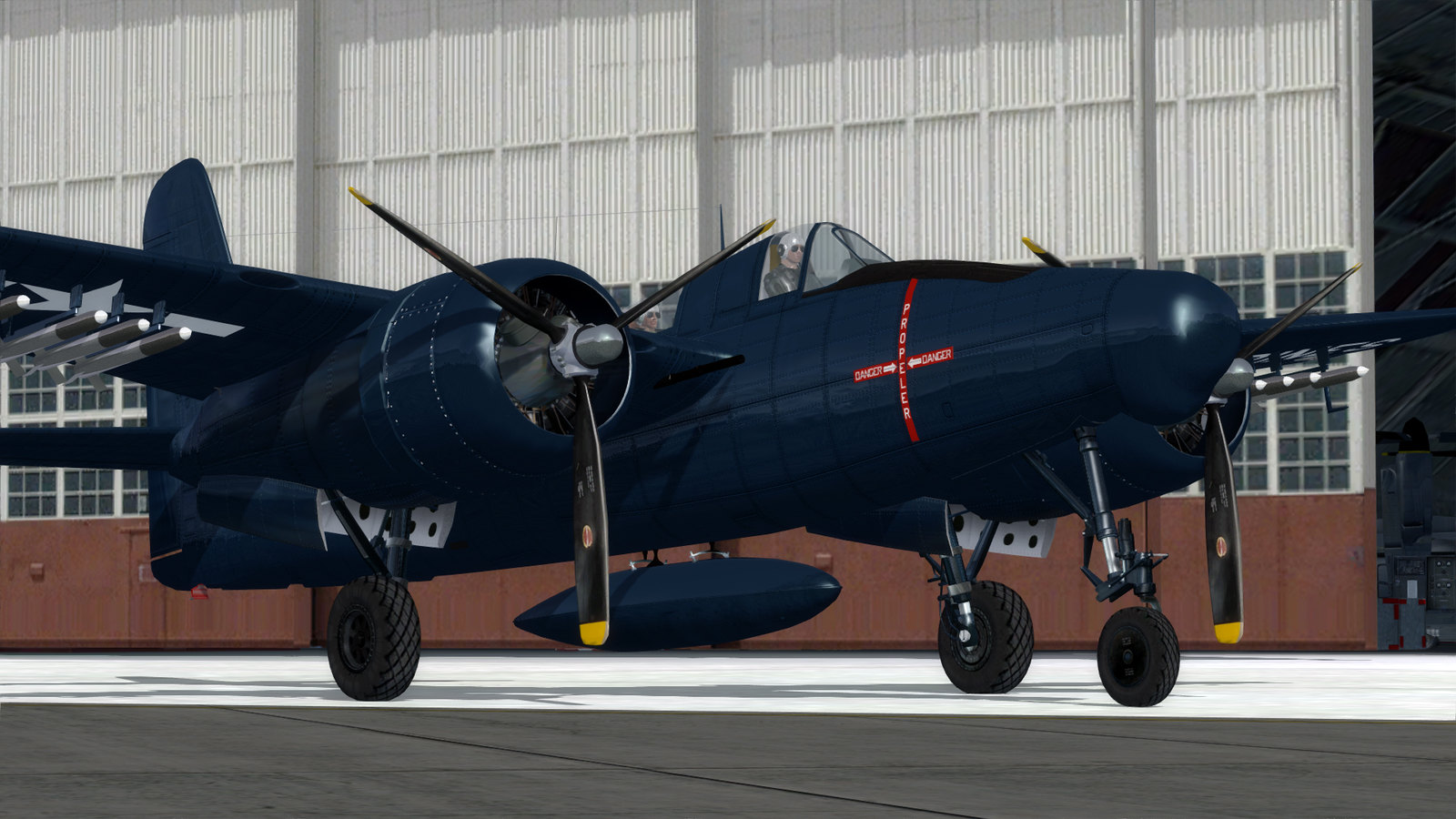-
There seems to be an uptick in Political comments in recent months. Those of us who are long time members of the site know that Political and Religious content has been banned for years. Nothing has changed. Please leave all political and religious comments out of the forums.
If you recently joined the forums you were not presented with this restriction in the terms of service. This was due to a conversion error when we went from vBulletin to Xenforo. We have updated our terms of service to reflect these corrections.
Please note any post refering to a politician will be considered political even if it is intended to be humor. Our experience is these topics have a way of dividing the forums and causing deep resentment among members. It is a poison to the community. We appreciate compliance with the rules.
The Staff of SOH
-
Please see the most recent updates in the "Where did the .com name go?" thread. Posts number 16 and 17.
You should upgrade or use an alternative browser.
F7F-1 Tigercat FSX & P3D Native Released
- Thread starter gman5250
- Start date
Stickshaker
SOH-CM-2023
I find the Tigercat extremely pleasant to fly, but I wonder if it is not too pleasant. What strikes me is that it is so easy to maintain horizontal and vertical speed (essentially AoA) with gear and flaps down, even if not trimmed properly. With other planes, if my attention lapses for a few moments I find myself too fast or slow, or above or beneath the glidepath. Also, she reacts ever so gently to throttle movements. I can understand that the flaps give a lot of drag so that throttle movements give relatively little speed change, but that contradicts, I would think, with the ease of controlling vertical speed (lift would vary considerably with angle of attack). If this is realistic, so much the better, but I was just wondering.
Another question: did the Tigercat have airbrakes? They would come in handy for such a high-performance plane, especially the nightfighter version.
The FSX flight model was done by Tom "Fliger747" Fliger for the F7F project back in 2010-2011. Tom does thorough research on handling during FM development.
By the way, have you read the "General Handling Characteristics" in the F7F POH? Do you have the POH? There are lots of handling tips there.
This may be of interest as well: http://napoleon130.tripod.com/f7ftigercat/id15.html
Crank in some real wx and have some fun.

EDIT: Here is an excerpt from the POH
Bomber_12th
SOH-CM-2025
In one of the modern pilot reports I have on the Tigercat, the author mentions, on his first flight in the aircraft, throttling back to just 22-inches MP on descent, and still indicating 240-kts, and as such, expressing some concern at that point about being able to slow-up enough for gear speed. He goes onto say, however, that with a roll into a steep turn from an overhead break, the speed bleeds off nicely and that the first notch of flaps can be applied at 225-kts if needed. The author/pilot notes that the safe gear speed is actually exceptionally high, at 250-kts (!), but that the nose strut won't lock down above 180-kts, and so that is the speed at which point the gear is selected down. The second notch of flaps is applied at 150-kts while turning base, and full flaps are selected at 130-kts while turning final. Flying the aircraft for the first time, and with a 7000-ft runway, the author mentions that he used 110-kts on final approach and notes that this is 10-kts more than the book speed - with many more flights under his belt, he goes onto say that he is now fully comfortable using approach speeds down near 90-kts (the other pattern/base-to-final speeds probably being a bit lower as well). One of the landings that the author practiced, was having one of the engines set at 15-inches MP and 1500-RPM, to simulate an engine failure, and he notes that this condition is still easy to handle with ample rudder control (and with very effective trim control) and that the other engine has more than enough power to continue flight and even climb.
As is described in the bit from the pilot's manual that Milton posted above - "As soon as the airplane is leveled out above the runway, the elevator stick forces increase considerably." - due to the small elevators, all Tigercat pilots describe having to use two hands on the stick to hold the nosewheel off the runway after touchdown - it is only at this point that such effort is required, as otherwise pitch control is very responsive in normal flight.
BTW, the author of the pilot report I reference above is Tony Ritzman (Aero Trader co-owner), who of course has many hundreds of hours flying B-25's. Here is what he states about his first take-off and flight in the Tigercat, having only ever flown twin-engined bomber types:
"I move the throttles to 30-inches MP, scan the instruments and release the brakes. I move the throttles to 48-inches and work the rudder to keep the nose straight. First observation: This ain't no bomber! The aircraft is accelerating through 100 knots and we are smoothly lifting into the air. Second observation: S**t, this ain't no bomber! I instinctively signal gear up with my thumb (bomber mentality) and then remember I am alone. As the gear comes up and locks, the aircraft is accelerating through 170 knots and we are just passing the end of the runway. Power coming back for climb, and climb it does. We are at 2500 feet in less than a minute and at cruise power I am already indicating 200 knots! Third observation: This ain't no bomber!"
Stickshaker
SOH-CM-2023
Cirrus N210MS
Charter Member
found a bug with the nose gear doors

I am not seeing the issue. Could you explain it better?
The outward facing polies on the starboard door are disconnected from the inward facing ones. Easily fixable.
Ah, thank you Bjoern; I see that now. Yes, just a linking issue.
gman5250
Charter Member
Ah, thank you Bjoern; I see that now. Yes, just a linking issue.
Yep...got it....will do...

gman5250
Charter Member
The other variants are flying. The tanker will fly today.
Added:
Animated, helmeted pilots for F7F-3 series.
Ladder works independent from canopy
Baked in nav and landing lights move with wings
Drop tanks
Armed and unarmed options for F7F-3 and F7F-3NF w/hard points for TacPack
Navy variants: Insignia white gear bays and Sea Blue painted gear
Blacked out wheels on NF variants
Improved Gloss Sea Blue paint
Paint kit is nearly complete with all variants inclusive.
"La Patrona"...sorry, I couldn't help myself.
Note: Patrona rear bubble canopy, chrome nose cannon ports, canopy slides and nacelle heat shields are WIP, not shown in these caps.
Here are a few shots...these are WIP so feel free to add comments.
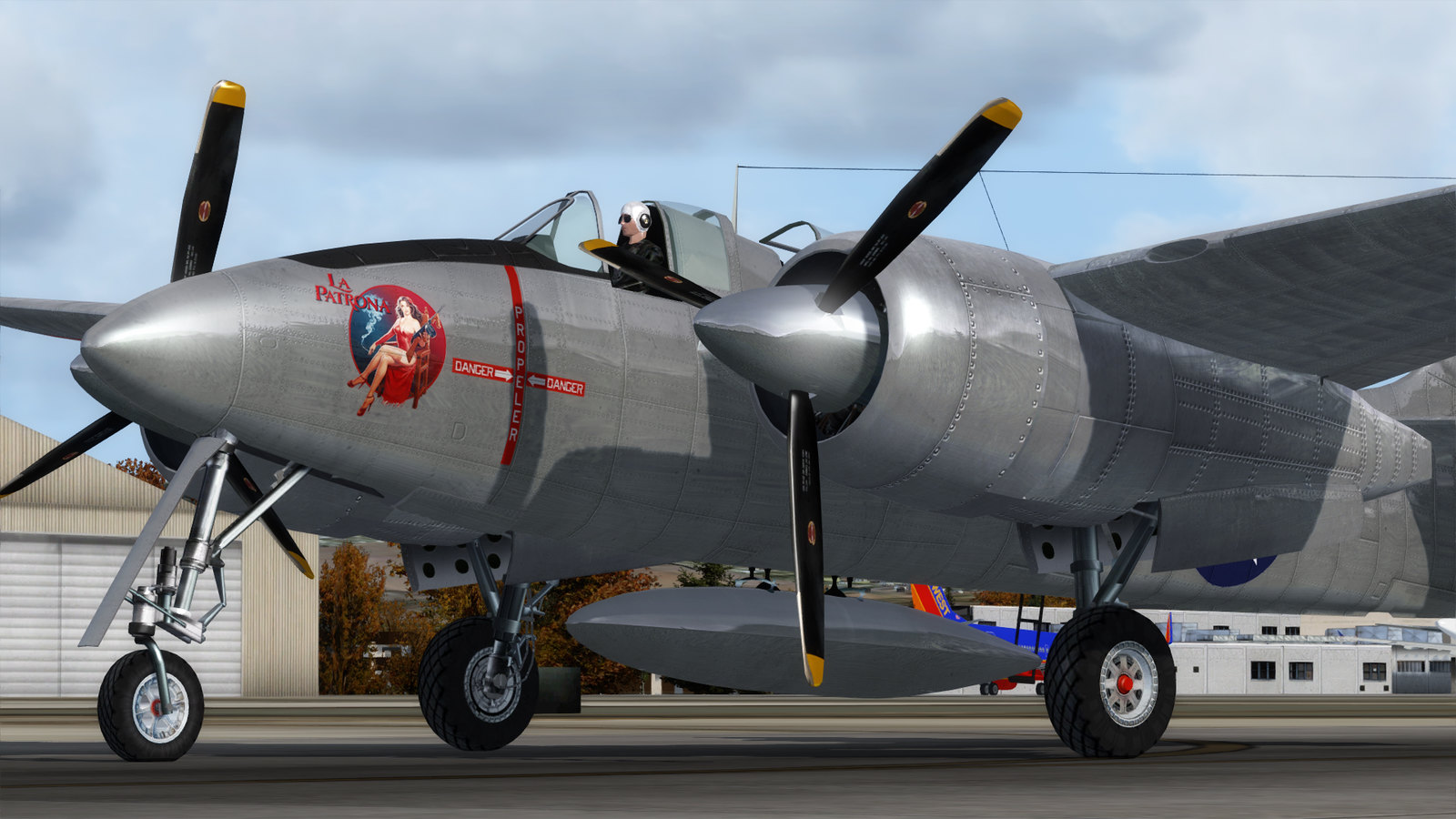
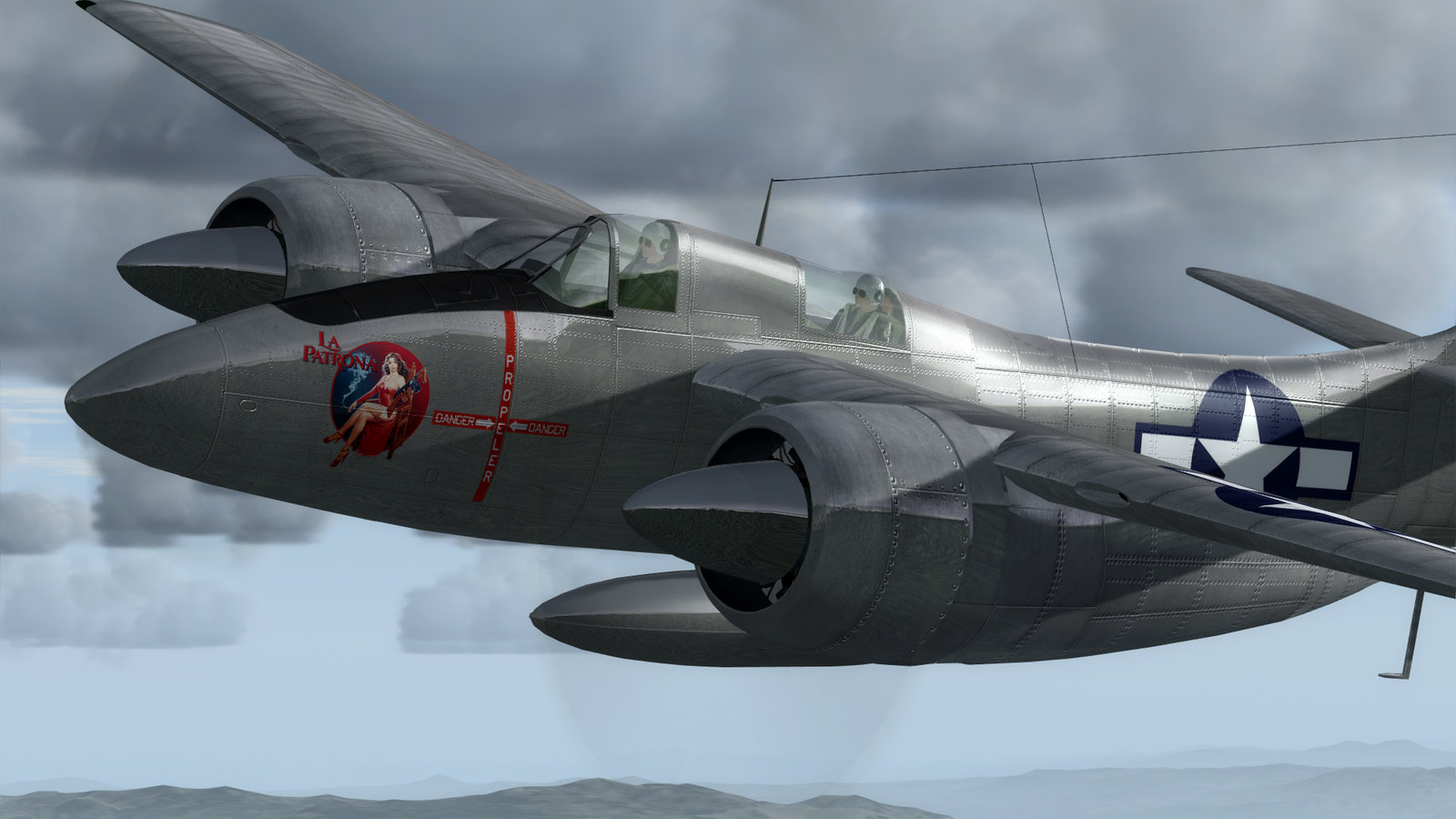
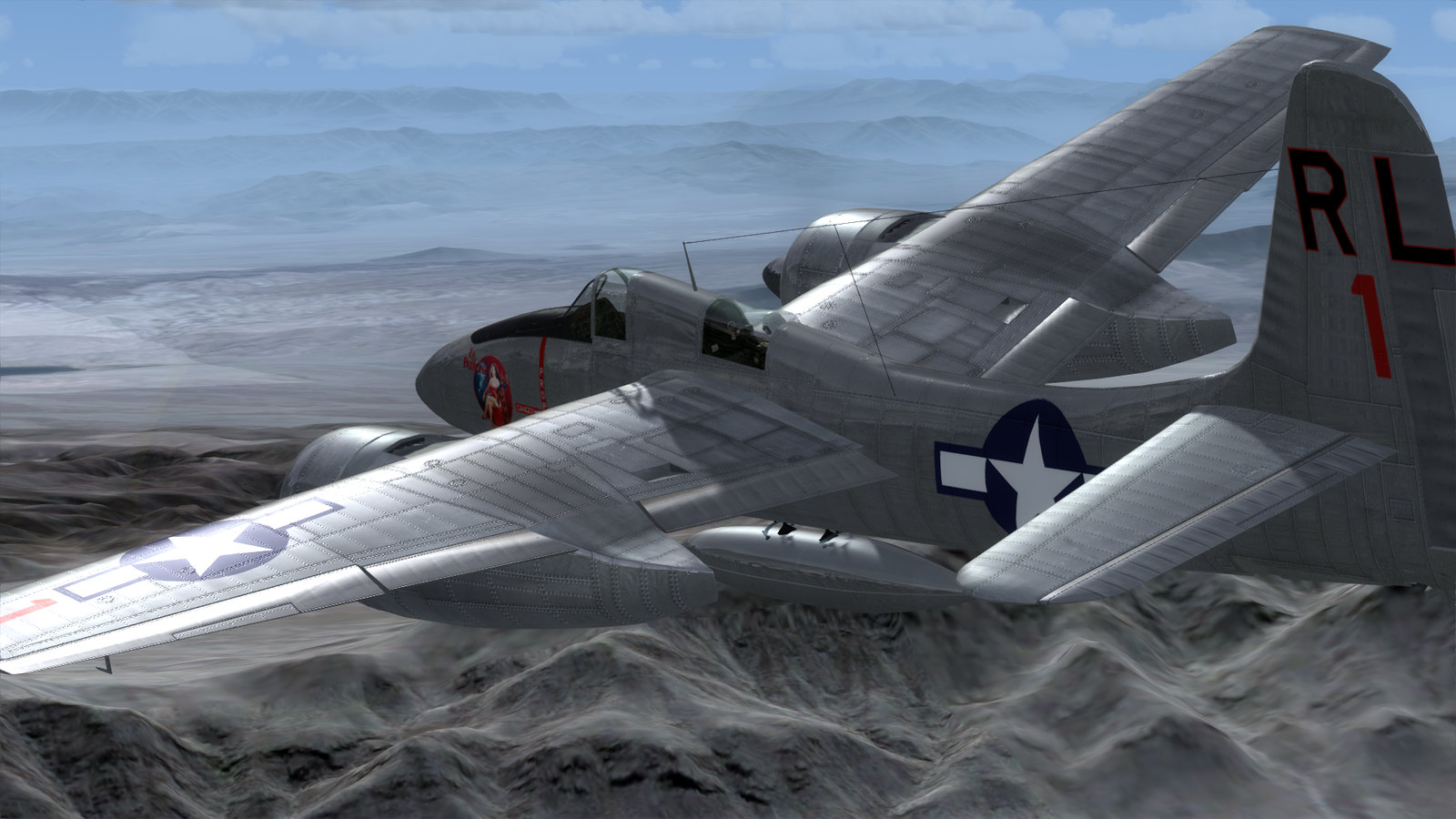
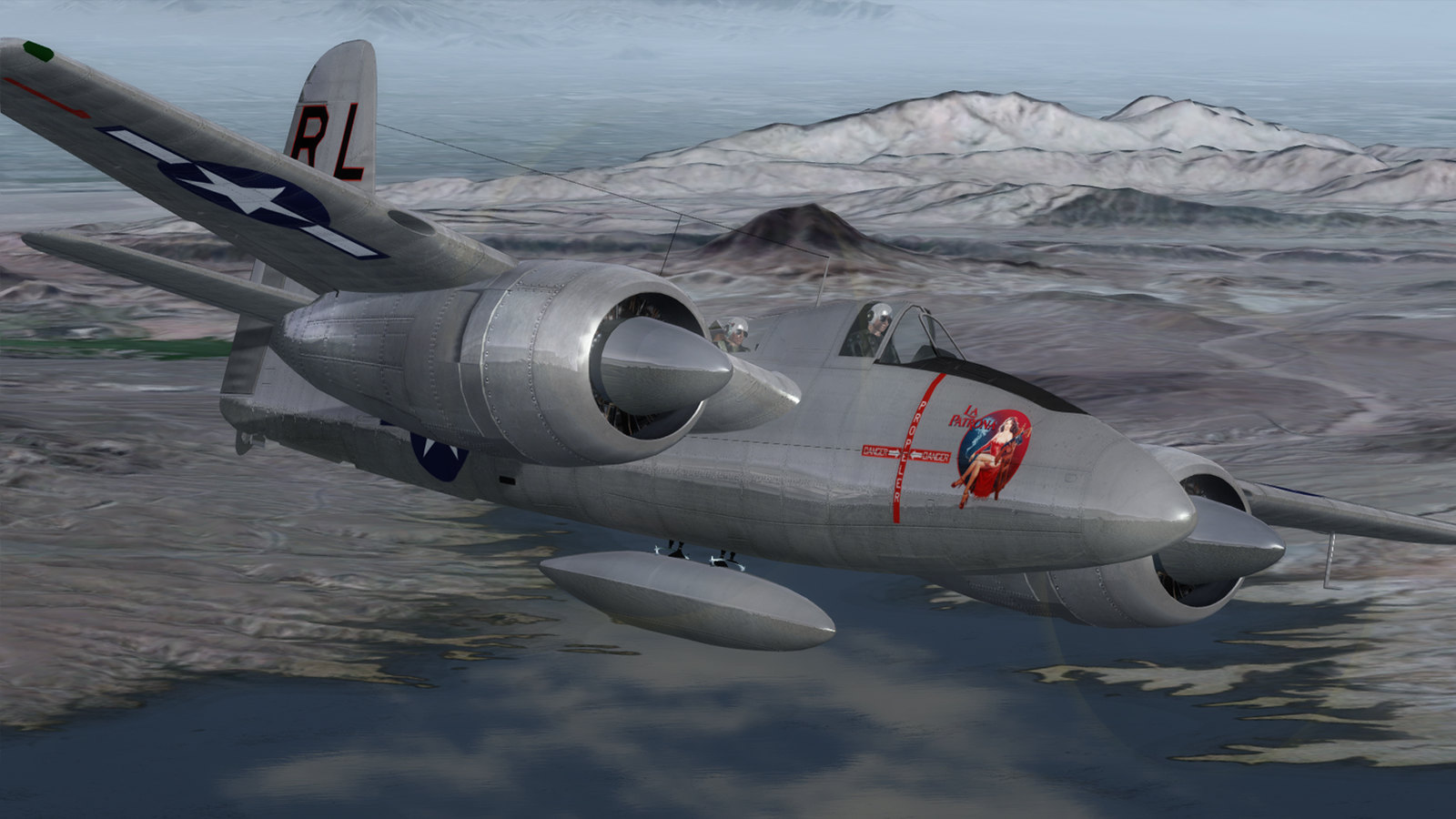
gman5250
Charter Member
Christoph_T
SOH-CM-2016
Very nice

Dutcheeseblend
Blenderer
Dutcheeseblend
Blenderer


gman5250
Charter Member
Beautiful! Beautiful! Could you consider to use a custom environment map? They're not toooo difficult to make.
The package does come with a custom GlobalEnvMap, scroll back through some of the other shots and you will see it. The recent shots are done with the default map just to show the plane in a pure native environment.
I'll post up some shots with the env map enabled.

